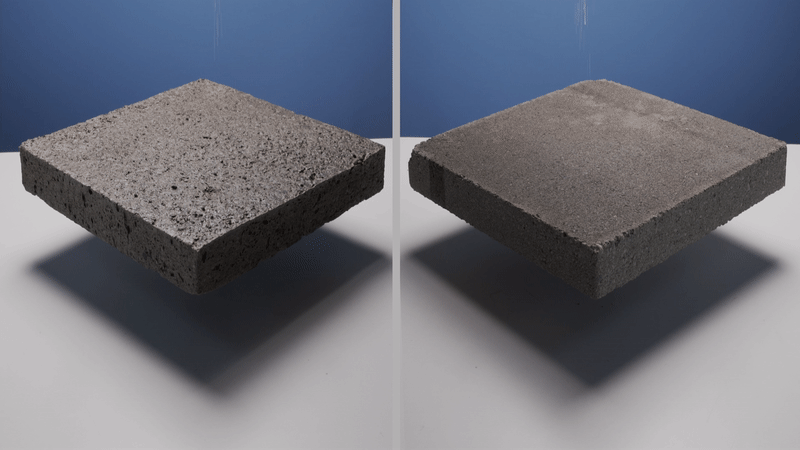Evolving Green Infrastructure for a Resilient Future
The current state of stormwater in the United States presents a unique challenge for design professionals of the present and future. The increased flooding and pollution problems associated with our changing weather patterns has become more noticeable with the passing of each season. The question now really is how bad will these problems become as the climate continues to change? For starters, recent studies indicate stormwater infrastructure built in the last 50 years was done so with data that did not account for climate change. In addition, infrastructure in 43 states are currently designed with data collected no sooner than 2015. Alarming for communities in the Pacific Northwest, rainfall records representing industry design storms date all the way back to 1973. The issues will continue to accelerate as long as The National Oceanic and Atmospheric Administration (NOAA) Atlas 14, which provides the data that determines design storm criteria, looks at the past and not the future. But even with the most up-to-date rainfall information, climate scientists warn that infrastructure is still likely to fail. The growing awareness behind these issues has brought forth $1.4 billion in direct federal funding over 5 years to the EPA Sewer Overflow & Stormwater Reuse Municipal Grant Program, reflecting only a small portion of an infrastructure bill that will directly impact stormwater improvement projects across the nation. The journey to bridge an $8 billion stormwater funding gap is now underway.

To help ease the fragmented planning efforts across the US, amendments to the Clean Water Act continue to legislate integrated planning, which identifies efficiency from separate wastewater and stormwater programs to best prioritize capital investments while achieving human health and water quality objectives. This holistic approach to planning builds community engagement, aligns objectives, and emphasizes a preparedness for change. The is a total of 30 integrated plans developed throughout the United States, a number expected to grow significantly through the decade.
Since 2015, the AquiPor team has recognized green infrastructure (GI) as a critical component to integrated planning efforts and are pleased to see this reflected in policy. Having said that, the current definition of GI as presented in the Clean Water Act falls short of incorporating the elements of integrated planning. GI is currently defined as "a range of measures that use plant or soil systems, permeable pavement or other permeable surfaces or substrates, stormwater harvest and reuse, or landscaping to store, infiltrate, or evapotranspirate stormwater and reduce flows to sewer systems or to surface waters." Defining green infrastructure simply by its performance characteristics detracts from the overall value of integrated planning. We aren't the only ones that feel this way. A recent study by The Frontiers of Ecology and the Environment reviewed 122 plans from 20 US cities, finding that city planning often fails to explicitly define green infrastructure, but when it does, stormwater concepts of GI are much more prevalent than landscape or integrative concepts. When defined, functions of GI are primarily hydrological. More functional diversity was found in landscape and integrative definitions of GI. In addition, stormwater concepts surrounding GI engage in greenwashing. The study calls for a broadened definition, one that focuses on the relations between ecological and built infrastructure systems to facilitate the production of social benefits. The review goes on to suggest the following definition : “A system of interconnected ecosystems, ecological–technological hybrids, and built infrastructures providing contextual social, environmental, and technological functions and benefits. As a planning concept, GI brings attention to how diverse types of urban ecosystems and built infrastructures function in relation to one another to meet socially negotiated goals”. We believe this broadened definition of GI incorporates the elements of integrated planning far greater than the one that currently sits in legislation.

AquiPors ecological-technological approach to stormwater management helps to redefine GI by incorporating current infrastructure improvement needs and applying them into a singular retrofit design. By simply modernizing our nation's sidewalks, we can re-imagine transportation by evolving complete street concepts, utilize existing gray infrastructure as real estate for a utility housing corridor, and decentralize the basic needs of our communities with a combination of ecological and built systems intended to thrive in the face of a changing climate. Resilient infrastructure requires a new and innovative approach for tomorrow, and AquiPor is excited to meet this moment.
solutions for change
AquiPor just received 3rd party testing results on the absorption rate of our technology. Why is this important? According to ASTM C […]
Urban flooding, aging infrastructure, and polluted waterways are symptoms of a broken stormwater system—one that wasn’t built for the climate challenges cities […]
When LA turned it’s river into a storm drain Starting in the 1930’s Los Angeles turned the LA river into a big […]
Copyright © 2025 AquiPor Technologies. Site designed & developed by Houdini Interactive.